Der Tod und das Mädchen
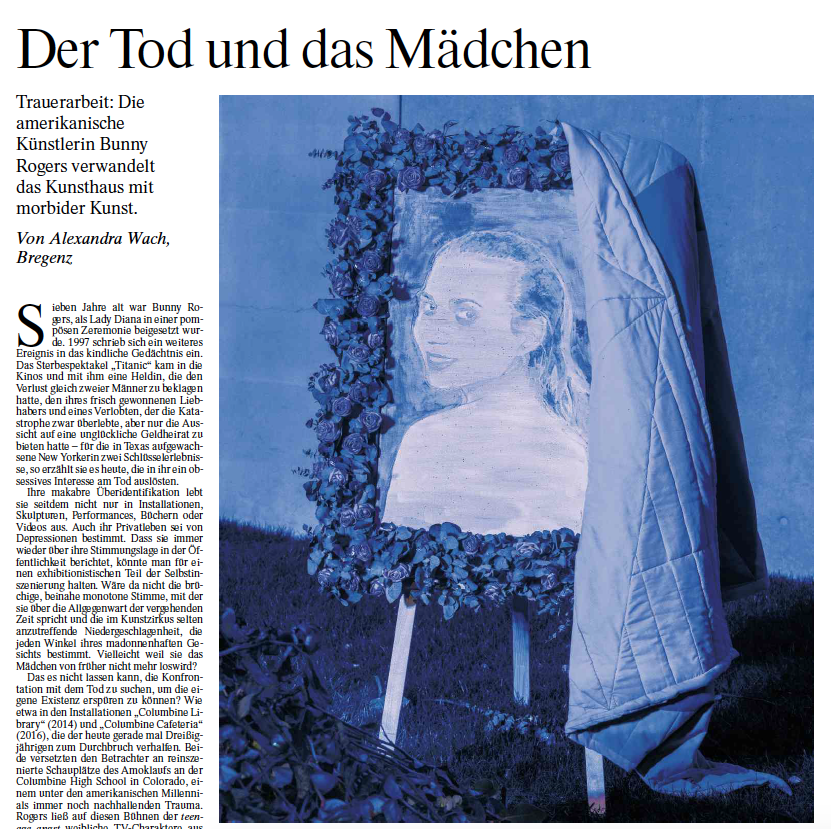


Künstlerin bringt den Tod nach Bregenz
Die Stimmung ihrer Arbeiten ist düster und schwermütig. Die 30-jährige Künstlerin setzt sich mit Trauerfällen und deren Verarbeitung auseinander. So stellt sie sich auch in ihrer Ausstellung im Bregenzer Kunsthaus im obersten Geschoss die Frage: “Kann man Trauer abwaschen?”. Read and watch in German on VOLT.at.LINEBREAK

Künstlerin Bunny Rogers inszeniert ihr eigenes Begräbnis
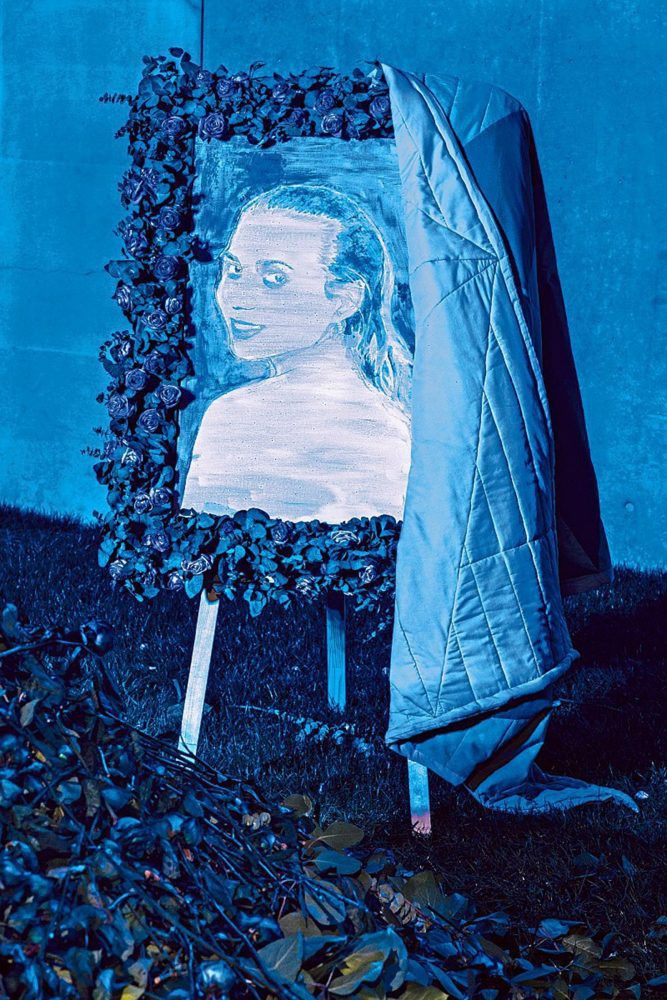
In der Kunst von Bunny Rogers geht es um den Tod, Traumata und die Frage, wann kollektive Trauer zum Teil der globalen Unterhaltungsindustrie wird. Read in German on Der Standard.LINEBREAK

Die Künstlerin Bunny Rogers
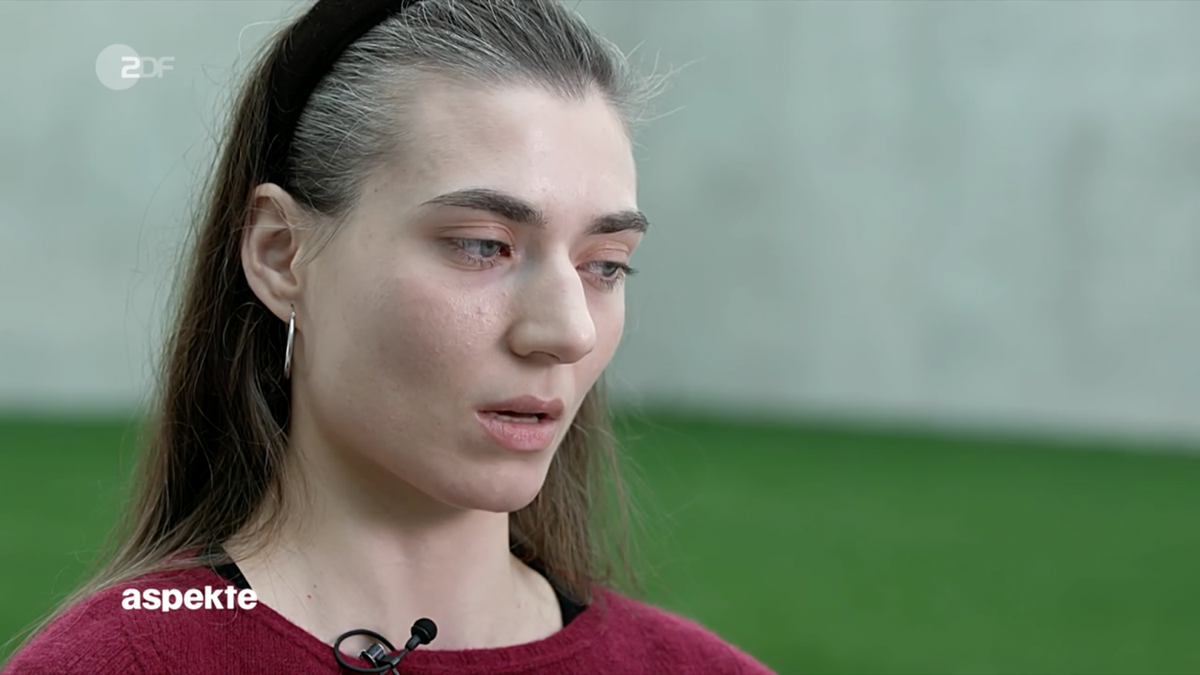
Bunny Rogers ist eine US-amerikanische Künstlerin und Poetin, straft das Vorurteil lügen, junge Künstlerinnen würden nicht beachtet. Die Kunstwelt nennt sie “Shooting Star”. Rogers hat keine Angst vor großen Formaten. Watch now on zdf.de.LINEBREAK
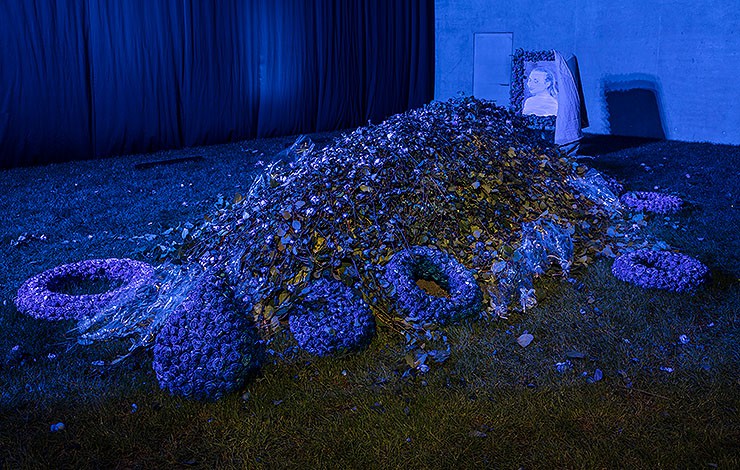

Ausstellungseröffnung: Bunny Rogers

Die junge US-Künstlerin Bunny Rogers nähert sich der Unausweichlichkeit des Grauens – und zeigt, wieso wir besser zweimal hinsehen sollten. Read in German on kulturnews.de.LINEBREAK

Künstlerin Bunny Rogers “Ich bin eine depressive Optimistin”
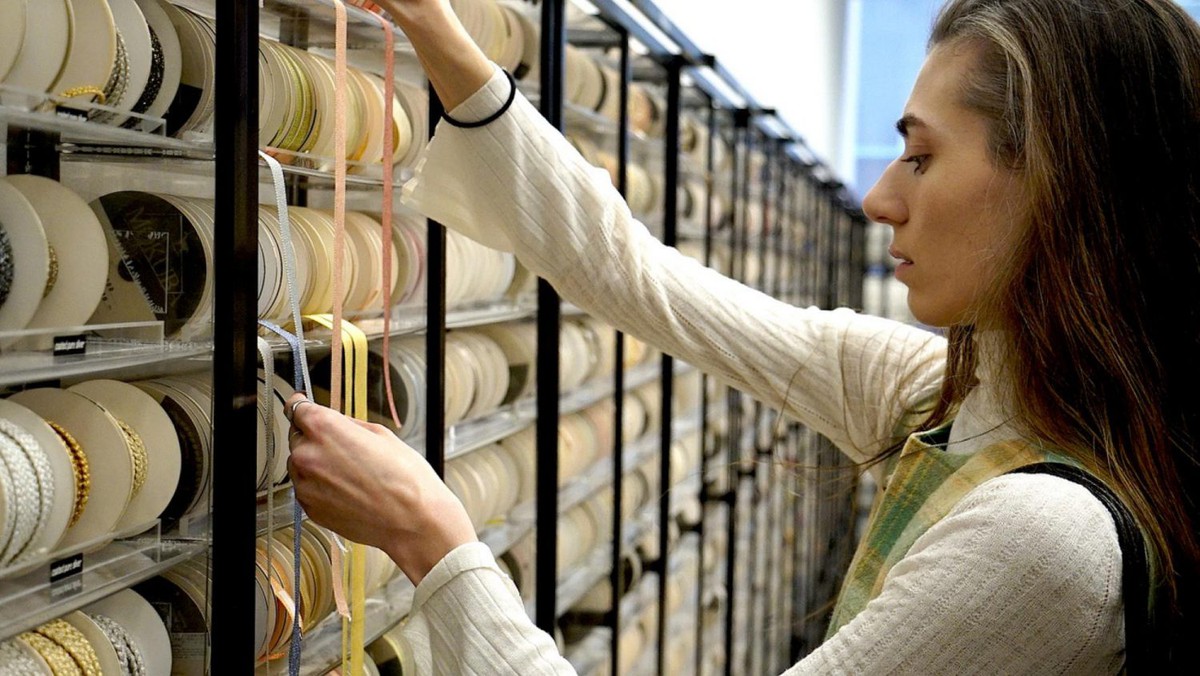
Diese Woche eröffnet im Kunsthaus Bregenz die bislang größte Ausstellung der US-Künstlerin Bunny Rogers. Ein Treffen in ihrem Lieblingsgeschäft in New York, wo bei der Suche nach dem perfekten Stoffband der Gesprächsfaden nicht abreißt. Read in German on monopol-magazin.de.LINEBREAK

Bunny Rogers at Kunsthaus Bregenz
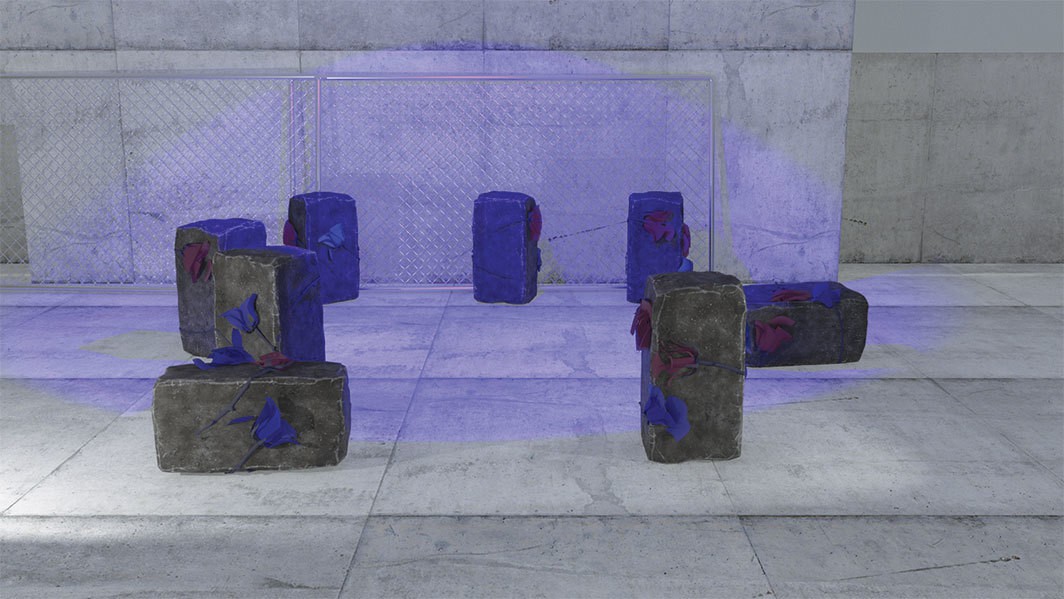
The artist, very much alive and turning thirty this month, has channeled her affective fixation on mourning and melancholia into an exhibition that will occupy the Kunsthaus Bregenz’s four mausoleum-like concrete floors—an appropriate setting for installations inspired by American funerals. Read more on Artforum.LINEBREAK

TIMUR SI-QIN: INAUGURAL HENIE ONSTAD TRIENNIAL WILL LAUNCH IN FEBRUARY

Next month, the Henie Onstad Art Center in Norway will hold its first triennial for photography and new media. The exhibition will feature new work by thirty-one international artists and will fill the entire ground floor of the museum. Read more on Artforum.LINEBREAK

Was haben das Internet, die Tiefsee und das Jenseits gemeinsam?

The full interview is available now for Digital Download and Online Purchase – visit interview.de/shopLINEBREAK

BUNNY ROGERS’S PERFORMA PROJECT MOURNS THE DAILY TRAGEDIES OF MASS SHOOTING

Limp bodies lined the hallways of Essex Street Academy, a public high school on the Lower East Side of Manhattan, during Bunny Rogers’s Sanctuary. It was the first live performance by the artist, who is known for videos and installations that often employ cute objects with dark twists, complicating notions of innocence. Read full review on Art in America.LINEBREAK
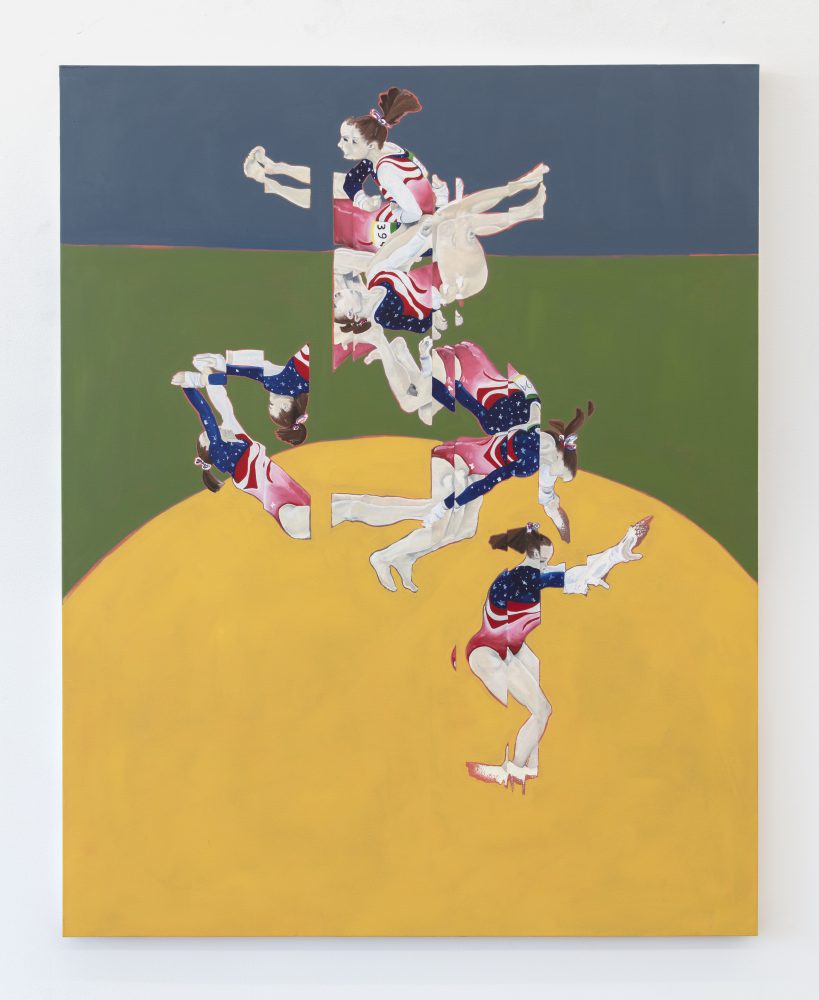

A BMW Art Journey that matches traditional movement with robotics
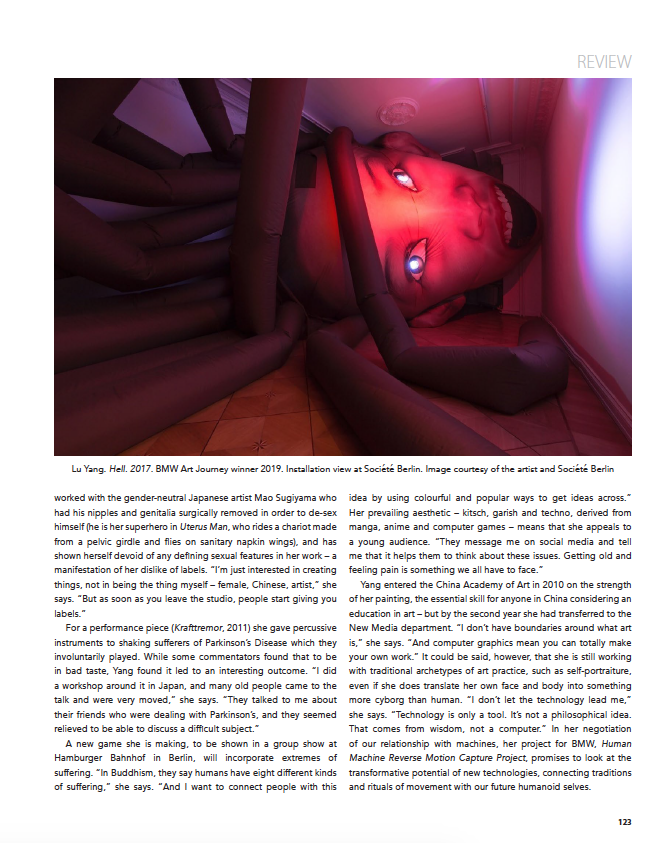
At 39 years old, Lu Yang has created a compelling body of work around sexuality, mortality, religion and neuroscience. And she isn’t known for pulling her punches or skirting around taboos. Buy the issue here.LINEBREAK

Bunny Rogers’ Zombie High
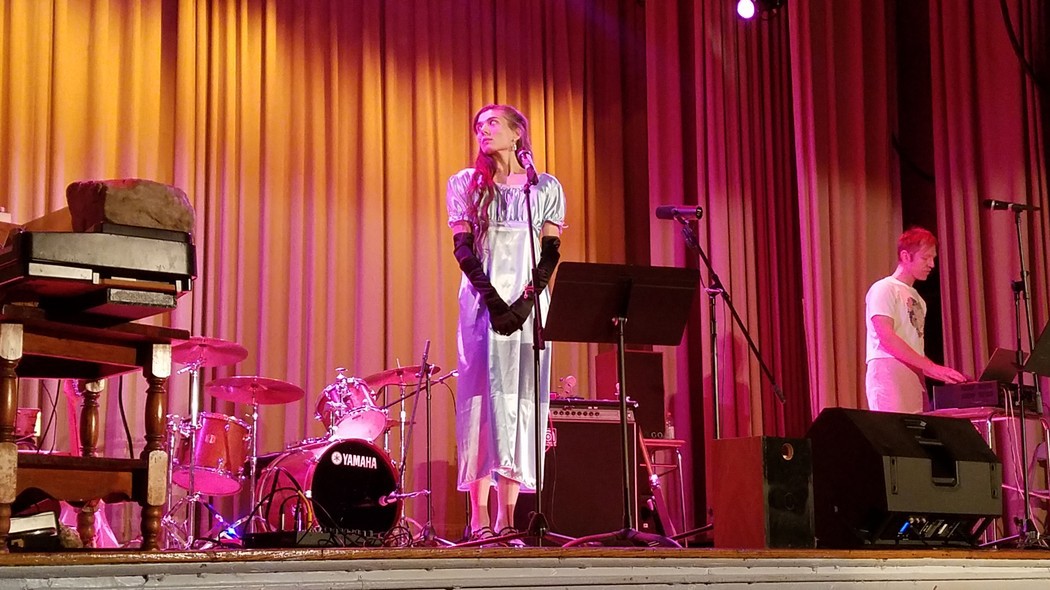
Last night at the Essex Street Academy the millennial artist, best known for video animations and sculptures that orbit around the 1999 Columbine massacre, unveiled Sanctuary. Read more on Garage.LINEBREAK

KÜNSTLER, DIE UNS AUFGEFALLEN SIND
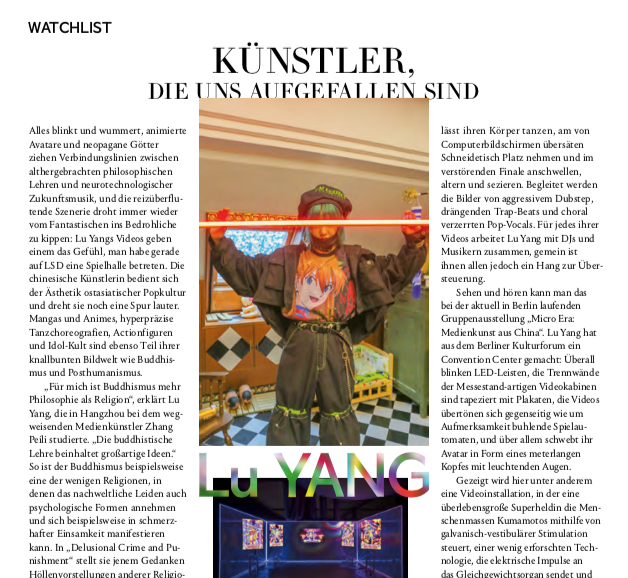
Read the full article in Monopol Issue 11. Buy here.LINEBREAK

What Can You Expect at This Year’s Performa? A Haunted High School Talent Show, a Six-Hour Clay Dance, and More
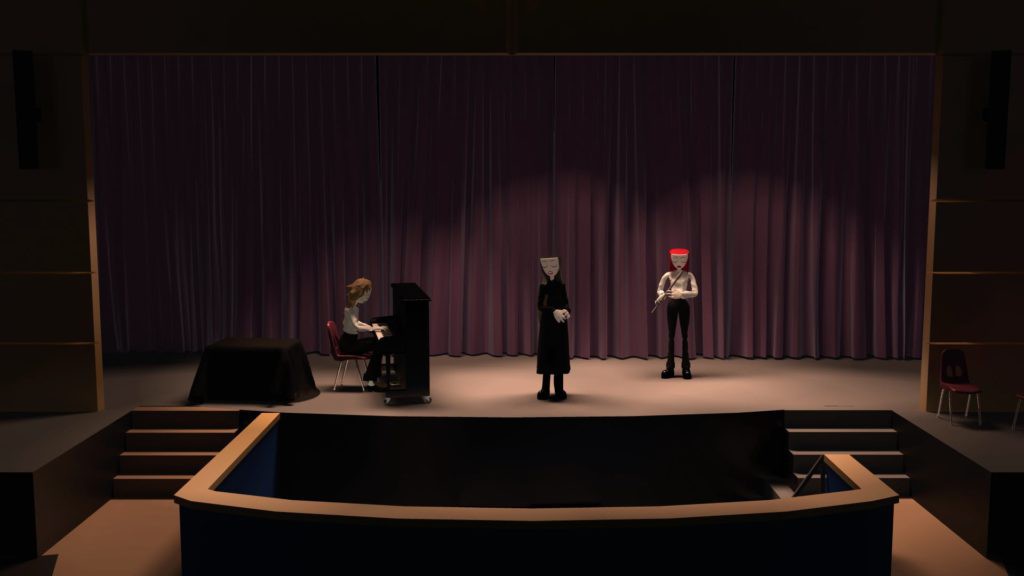
Among the biennial’s less conventional venues is a high school overtaken by artist Bunny Rogers, who has repeatedly turned to these fraught spaces for her installations and video pieces (she made a trilogy based on the 1999 Columbine High School massacre). Read more on artnet news.LINEBREAK

Emo Artifice as an Archive of Feelings
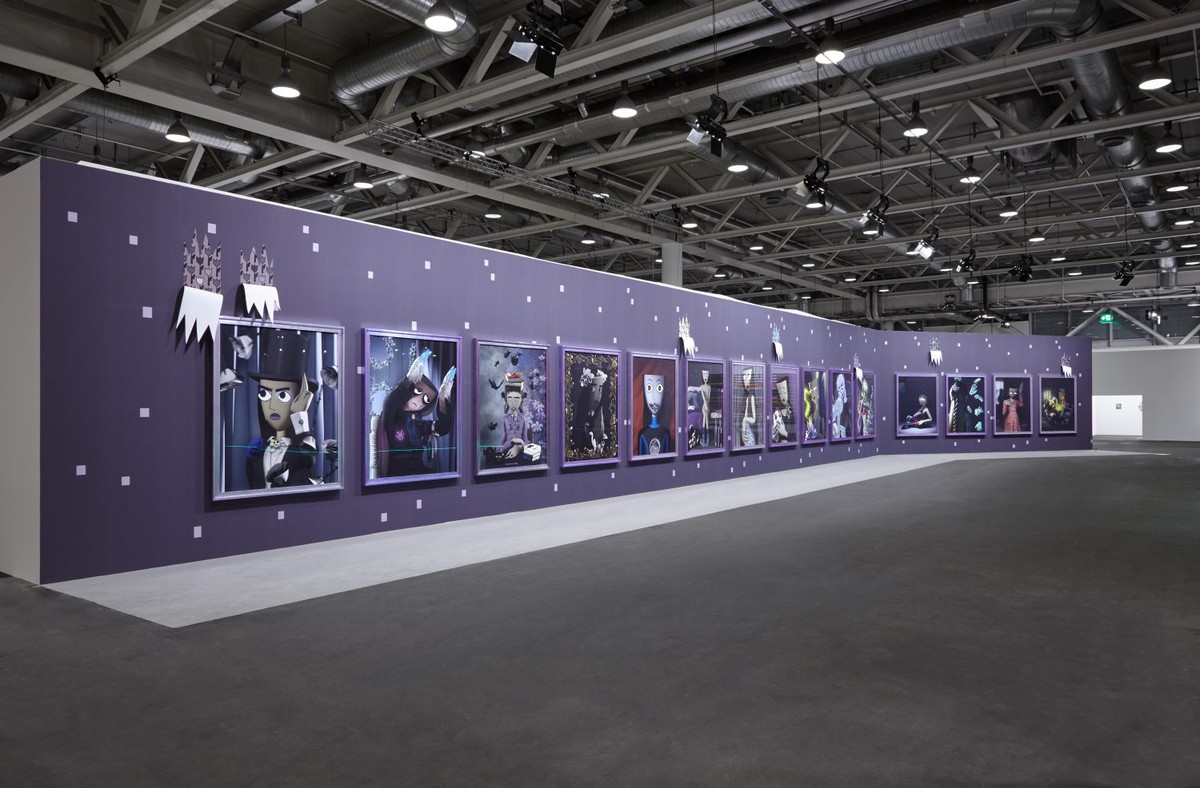
In her installations, videos, poetry, and performances, Bunny Rogers not only evokes teen angst and depression, but also the emo icons through which she channeled those emotions at a younger age. These include the melancholic singer-songwriter Elliott Smith, the goth-punk version of Joan of Arc from the animated TV show “Clone High” (2002–03), and the jaded character Gaz from another cartoon series, “Invader Zim” (2001–06). Read more on Art in America.LINEBREAK
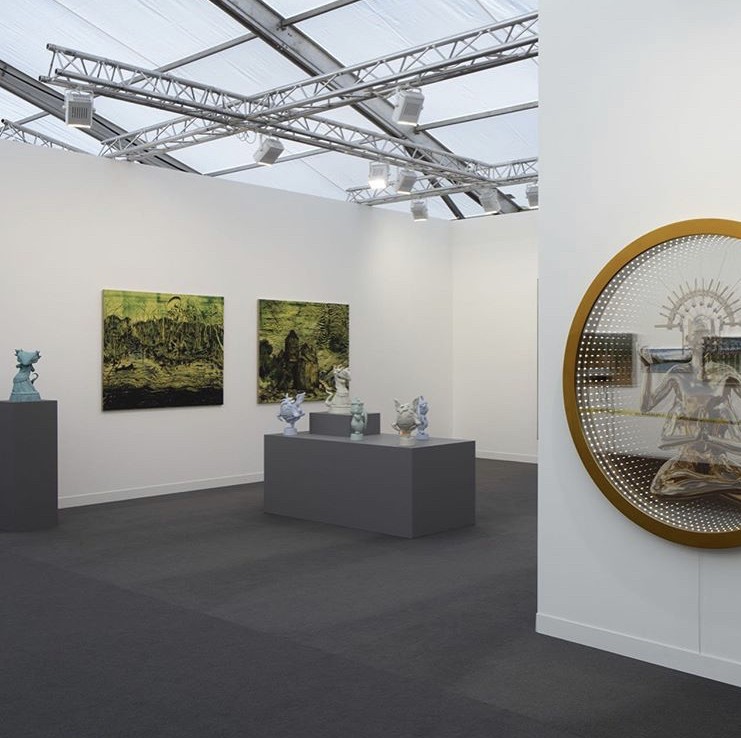

FRIEZE LONDON 2019
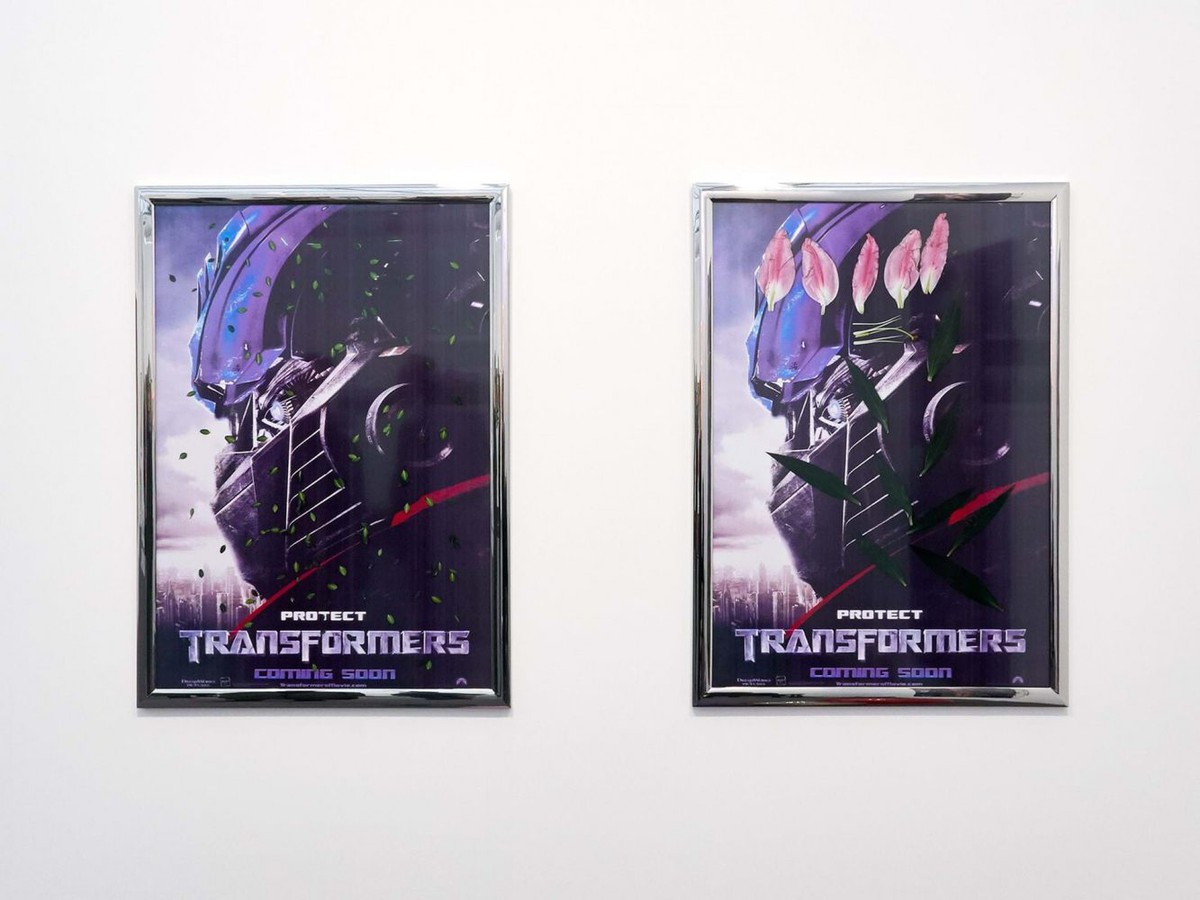
According to Timur Si-Quin’s Transformers posters, there is a film and it is COMING SOON. Atop the generic graphics, which could advertise any number of iterations of the franchise, the artist has pressed bruised petals or littered the surface with delicate green leaves. The uncanny juxtaposition, adds a sense of play onto the deadening economic determinism of the modern Marvel corporation. Read more on TANK MAGAZINE.LINEBREAK

CRITICS’ PICKS: Selbstbildnis at Société
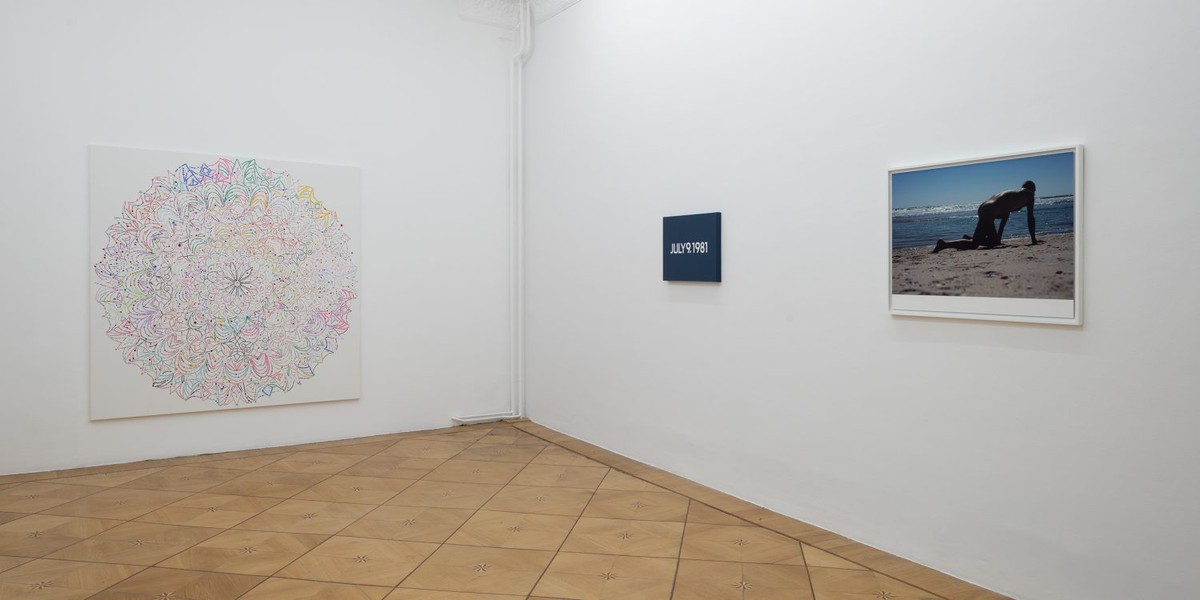
“Selbstbildnis” examines the evolution of self-portraiture from the 1970s to today amid contradicting movements. While most of the artworks in the exhibition are pulled from the gallery’s roster of contemporary artists—Trisha Baga, Petra Cortright, and Ned Vena, among others—the show’s selection of historical pieces weaves a curatorial thread that deploys a meditative rather than disputative tone to complicate static notions of identity. Read full review on ARTFORUM.LINEBREAK